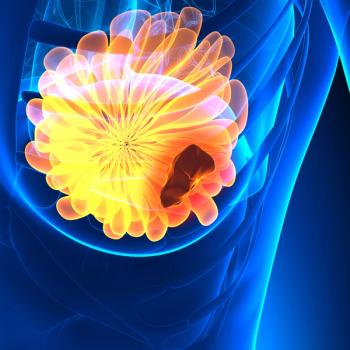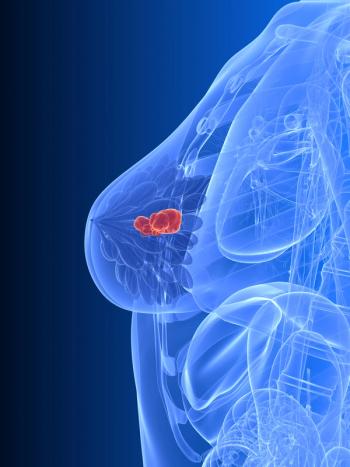
Oncology NEWS International
- Oncology NEWS International Vol 6 No 3
- Volume 6
- Issue 3
Probe Assesses Engraftment in Sex-Mismatched Transplants
DOWNERS GROVE, Ill--Vysis, Inc. has received FDA clearance to market its CEP X SpectrumOrange/CEP Y SpectrumGreen DNA Probe Kit, an in vitro diagnostic used as an adjunct to standard cytogenetic analysis to identify and enumerate the presence of X and Y chromosomes in bone marrow specimens from patients who have received sex-mismatched bone marrow transplants.
DOWNERSGROVE, Ill--Vysis, Inc. has received FDA clearance to market its CEP XSpectrumOrange/CEP Y SpectrumGreen DNA Probe Kit, an in vitro diagnosticused as an adjunct to standard cytogenetic analysis to identify and enumeratethe presence of X and Y chromosomes in bone marrow specimens from patientswho have received sex-mismatched bone marrow transplants.
The probe is used to assess the success of engraftment after transplantand to diagnose recurrence. CEP X/Y allows visualization of the sex chromosomesin a procedure that provides results in less than three hours, thus providinga presumptive diagnosis before standard cytogenetic analysis.
The approval is the company's third in two months for its in vitro diagnosticFISH probes for leukemia. The other products are the CEP 8 Spectrum-OrangeDNA Probe Kit, used to detect trisomy 8, a key prognostic indicator forleukemia and other myeloid disorders, and the CEP 12 Spectrum-Orange DNAProbe Kit, used to detect trisomy 12, a common chromosomal alteration inCLL patients.
Articles in this issue
almost 29 years ago
Bills Address Women's Health and Cancer Issuesalmost 29 years ago
Possible Evolutionary Advantage Seen in Breast Cancer Genesalmost 29 years ago
Physicians Urged to Listen to Tamoxifen Users' Concernsalmost 29 years ago
Neck Check Exam Aims at Early Detectionalmost 29 years ago
NCAB to Consider Mammography in Fortiesalmost 29 years ago
Endocrinologists Issue Clinical Guidelines for Thyroid Canceralmost 29 years ago
Fatigue May Be Most Under-recognized, Undertreated Cancer-related Symptomalmost 29 years ago
Hormone Replacement Therapy: Making Informed DecisionsNewsletter
Stay up to date on recent advances in the multidisciplinary approach to cancer.





















































































